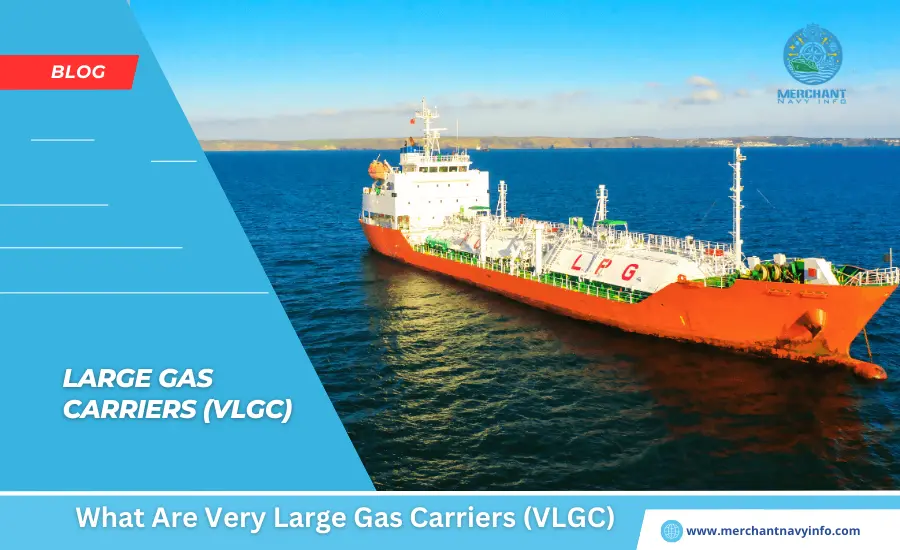
VLGC are the future of energy. As the world looks to more clean sources of fuel. It is important to be able to transport these sources from large fields and deposits. Fuel is shipping to energy deficient countries.
Increasing demands on the liquified gas fuels have usually posed a challenge, owing to the limited sizes of most gas carriers.
Very Large Gas Carriers (known as VLGC vessels) are a sub-group of generic gas carriers that target a much higher volume of gas transport.
The most commonly moved gas is LNG. Petrol reserves have LNG deposits. Also, hydrocarbon deposits are home to LNG reserves.
These VLG Carriers are in a position to load anywhere between 100,000 cubic meters to 200,000 cubic meters of gas on these large tanks.
In this blog, we will take a look at the construction, mae and layout of a classic VLGC vessel.
Construction of VLGC Vessels

To build big ships that are able to move large quantities of volatile gases, it is important to check various safety aspects of the carriers. In addition, since we are working with gases and liquids which are harder to move, there must be proper loading and unloading mechanisms.
While solids can smoothly be moved with cranes, liquids and gases have to be drained completely at the port of letting it out. Any residual substances can pollute or harm any incoming cargo.
VLGC vessels are normally around 250-300 meters long, and house anywhere from four to six storage tanks moving along the centerline.
The VLGC designs mechanism double bottom structure and an additional side shell in some carriers. The purpose behind having several hulls is that it is possible to limit a leak, while also giving room for the vital components of the ship.
Loading and Unloading Operations

Each tank is of several meters in length, and so needs two main pumps for loading or unloading the bulk of the cargo. The aforesaid pumps hang down from the top of the tank till the bottom.
The spray pump can also be good to collect the part of the LNG or CNG that evaporates for the aim of running the marine engines. Thus, the spray pump plays a great role, as it is able to convert some part of the cargo into viable fuel for the ship. The pump tower also is home to important material and telemetry units that gauge the cargo levels, temperature and general pressure.
The spray pumps also collectively release the vaporized cargo.
The process of cargo loading also unloading is done in several steps to ensure that safety regulations are obeyd. Also, if not properly monitored stuff on board the ship can cause damage.
The first step prior to approaching a port or transport place is for the tanks to be emptied of any remaining oxygen. O2 is a super volatile gas that easily combusts, particularly in the presence of substances such as LNG or CNG.
Process at the earliest
However, over the safe limit, is transported to a compressor machine in the port, so that any left over hydrocarbons can be properly disposed of. As these materials are highly volatile, it is critical to process them as soon as possible.
The next part in the loading process is “cooling-down”. only cool tanks can hold LNG.
Common Cargo and Safety Precautions for VLGC
. Also, this places the shipping companies in a one-of-a-kind position when it comes to logistics.
However, during the return, the ship is not able to move any goods and faces a loss. Also, without any cargo, the ships sits considerably high in the water and has to rely on the ballast systems to keep it set. Thus, shipping agencies often use VLGC vessels to transport various gases as well, so as to increase their profits.
VLGC protocols

The issue with moving such cargo are that noxious fumes pose a major safety hazard. In addition, chemical exposure also leads to a serious problem. Chemicals for instance ammonia or vinyl chloride can result in horrible and long term damage with even the smallest of exposure.
In general, VLGC carriers are super safe when it is about the hazard of spillage.









